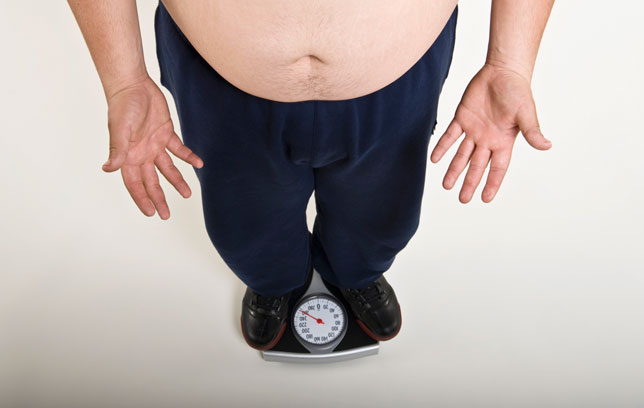Abs Diet- Weight Loss and BMI
For years, obesity researchers used a standard called the body-mass index to determine a person's chubbiness and health risk. It's a simple calculation of a person's weight-to-height ratio.
A BMI between 25 and 30 indicates you're overweight; a BMI over 30 signifies obesity. But BMI has one big drawback: It doesn't account for weight distribution. A 5'10'', 220-pound couch potato has the same BMI as most NFL running backs.
That's why researchers have begun using waist size--more specifically, the ratio of your waist size to your hip size--to determine health risk. Here's why it's more useful than BMI: Fat that pushes your waist out in front is the most dangerous kind of fat you can have in your body. Exercise attacks abdominal fat, so the more you have, the less likely it is that you get a healthy amount of exercise.
- To figure your waist-hip ratio, measure your waist at the narrowest point and your hips at the widest (around your buttocks). Divide waist by hips. Your goal is to fall under 0.92.
- To calculate BMI, go to MensHealth.com/BMI.
-
The Easiest Way to Shrink Your Gut
We all like to do stuff while we eat: watch TV, read a magazine, talk
-
The TRUTH About Energy Drinks
With over 600 options on the market, ‘Energy Drinks’ are certainly her
-
7 Tips for Lasting Weight Loss
Two decades ago, comedian Billy Crystal joked that it’s better to look
-
61 Ways to Lose Weight
A few years ago, one of my friends at Men's Health stepped on the
-
Human Fat Loss GPS
I was driving the other day to meet with a company we work with — hea
-
Diet Strategies: Exercise and Weight Loss
Besides using up calories, exercise helps your brain stick to a diet.
- DON'T MISS
- Weight Loss: Abs Diet Pizza Recipes
- Trick Your Hormones, Shrink Your Gut
- Flatten Your Belly:
- 5 Steps to Bust Through a Weight-Loss Plateau:
- 3 Hashtags That Help You Drop Weight
- Mistakes That Keep You Fat
- Jump over your Abs Diet ab exercise plateau
- 3 Fat Loss Mistakes Everyone Makes
- The 5 People Making You Fat
- Kentucky Derby + Coconut Water Cocktail = Awesome!




